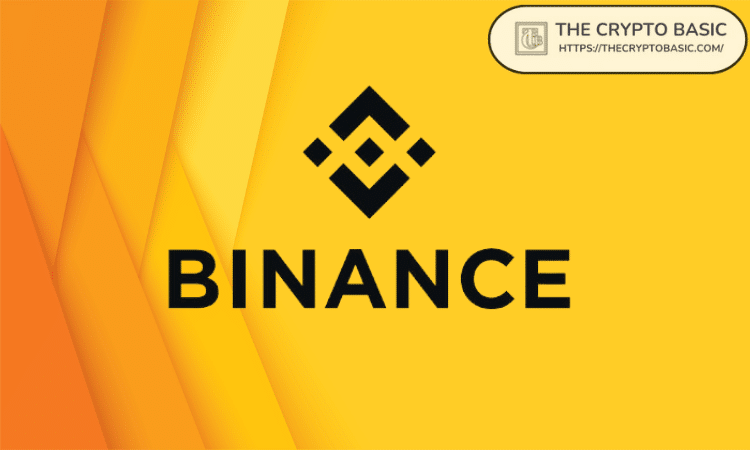MiCA rules prompt Binance’s proactive Unauthorized Stablecoin restrictions. Binance aligns with forthcoming MiCA regulations. EEA users face transitional changes amid stablecoin regulation.
Binance, a leading crypto exchange, has shared substantial updates on services for users within the European Economic Area (EEA) in response to the changes in new rules on stablecoins regulations by the EU’s Markets in Crypto-assets (MiCA) set to come into force on June 30, 2024. These changes are intended to allow compliance with the new regulatory requirements and users’ transition.
Binance Restrictions on Unauthorized Stablecoins
From June 30, 2024, EEA users of Binance products will have limited access to Unauthorized Stablecoins as per the update. Unauthorized Stablecoins relate to the classification of stablecoins not included in the “Regulated Stablecoins” according to the new MiCA regulations.
To ease this change, Binance will gradually adjust the working status of Unauthorized Stablecoins. The changes include:
Binance Convert: While Binance users are allowed to trade Unauthorized Stablecoins with other assets, such as other digital currencies, Regulated Stablecoins, or fiat money, they are barred from purchasing Unauthorized Stablecoins.
Spot Trading: Trading pairs containing Unauthorized Stablecoins will remain allowed for now, while trading pairs containing Regulated Stablecoins will be affected.
Wallet: The custody and wallet services of unauthorized stablecoins will remain open, and users can cash out or top up their stablecoins to their Binance wallets.
Binance Implementation of General Product Restrictions
Besides all specific product changes, Binance will also have general product limitations per its entire catalog. This entails modifications to rewards, such as spot copy trading, margin trading, launch pad, simple earn, and loans. These restrictions limit consumers’ ability to engage in new products or services that come with Unauthorized Stablecoins.
The changes follow the rules outlined by the MiCA stablecoin, which states that stablecoin issuers are subject to regulation under electronic money institutions ((EMIs), meaning they must adhere to the current laws regarding the EMD.
Context: MiCA Regulations and Compliance
MiCA became law in May 2023, further cementing the previously existing rules for fiat stablecoins. These rules indicate that only EMIs and credit institutions are allowed to launch fiat stablecoins in the EEA.
Lack of the necessary license to issue e-money will likely attract the law to help prevent negative consequences resulting from non-transparency, ensure the financial stability of organizations, and protect consumers’ rights.
A few European firms, including Monerium, Membrane, and Quantoz Payments, have already started issuing fiat stablecoins under the EMD; such firms have embarked on the regulation-first strategy. Some of them, for instance, Circle, are still in the process of obtaining EMI licenses to legalize it.
DisClamier: This content is informational and should not be considered financial advice. The views expressed in this article may include the author's personal opinions and do not reflect The Crypto Basic opinion. Readers are encouraged to do thorough research before making any investment decisions. The Crypto Basic is not responsible for any financial losses.



